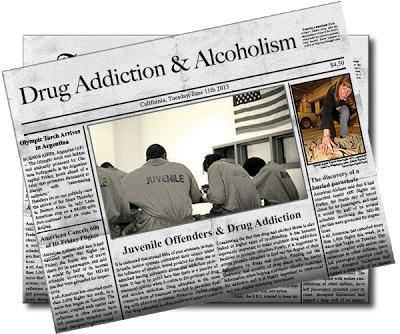Since 1957, it has been prescribed for pain and is a part of drugs Darvon and Darvocet.
Propoxyphene has been discontinued and withdrawn from the market by its maker, Xanodyne.
The maker of this drug, has stopped and withdrawn Propoxyphene because of research showing that it can cause serious toxicity to the heart.
The drug works by attaching itself to opioid receptors in the central nervous system to generate feelings of pleasure in the body instead of pain. The early euphoric effect is what makes people addicted to the drug. Even though the drug was pulled from the market a few years back, it still exists on the streets and users use it recreationally by crushing the pill into a powder or by injecting the drug directly into their system in order to attain a sudden rush of euphoria.
Because of the short-term aspect of the euphoria, users seek more and more of the drug so as to continue the high for a long time. Its side effects and withdrawal symptoms are the same as the ones found in other drugs like oxycodone or hydrocodone.
Some of the side effects from the drug include:
- Stomach pain
- Vomiting
- Constipation
- Dizziness
A grave side effect of Propoxyphene is that it can cause fluctuations in heart rhythm that may even lead to death.
Some of the withdrawal symptoms from Propoxyphene are:
- Restlessness
- Muscle and bone pain
- Cold flashes
- Diarrhea
- Vomiting
- Uncontrolled spasms in leg
If you know someone who is addicted to Propoxyphene, it is important to consult a specialist. There are rehab facilities that utilize the latest tools and methodologies to offer an end-to addiction.
